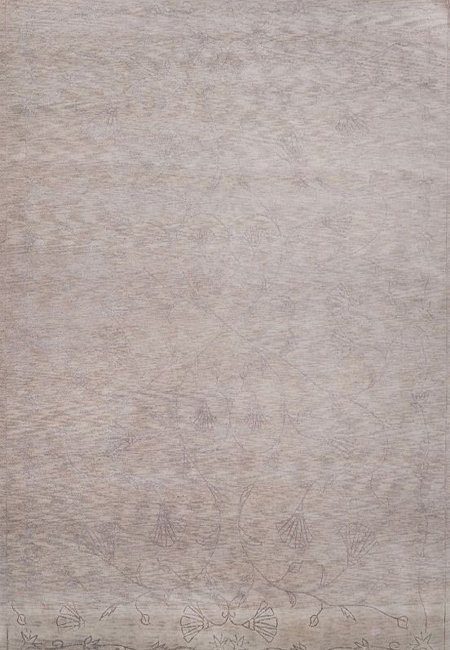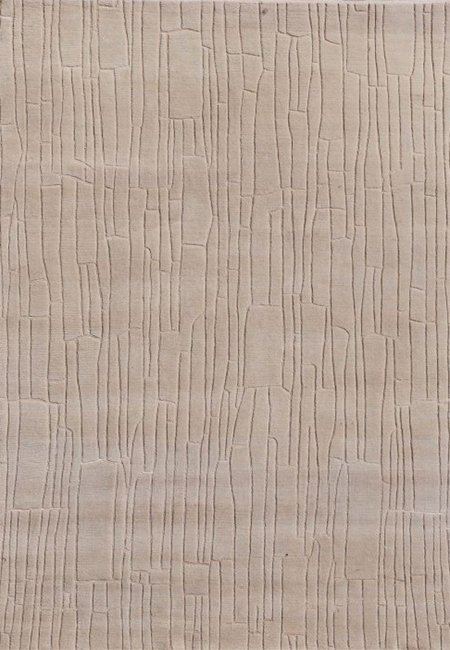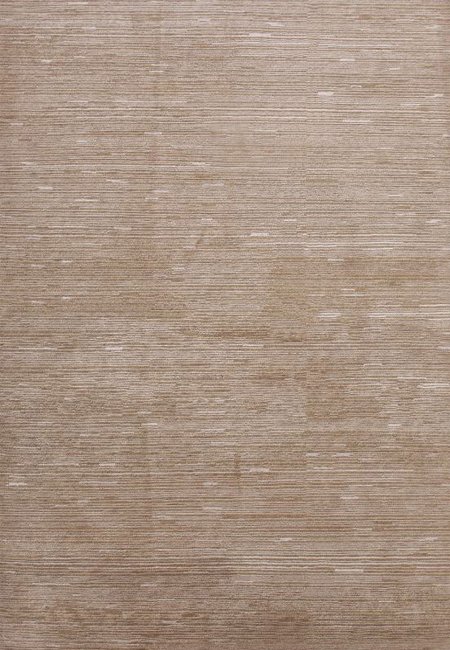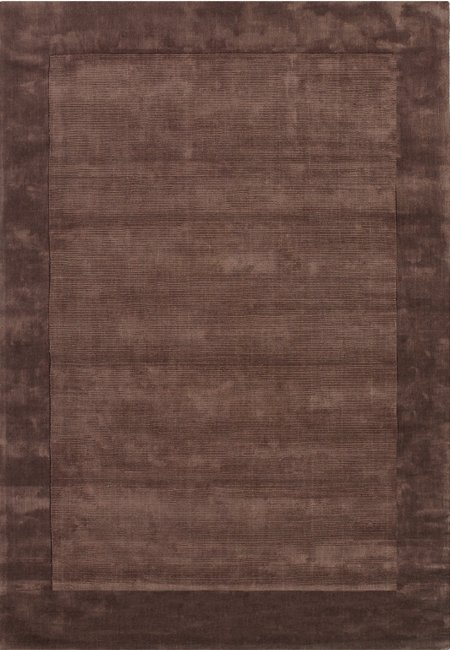Hand Loom
Handloom rugs are crafted using traditional weaving techniques on a handloom, a type of loom that is manually operated by skilled artisans. The process is highly labor-intensive, requiring meticulous attention to detail and precision. Handloom rugs are known for their durability, fine craftsmanship, and intricate patterns, which are often rooted in centuries-old weaving traditions.
One of the main techniques used in handloom rug weaving is plain weave, where the yarns are woven over and under each other to create a flat, even texture. This is commonly seen in rugs with simpler designs or those used for everyday purposes. Another technique is pile weaving, which creates a thick, plush surface. In this method, yarns are tied into the foundation, and the loops are cut or left intact to form a raised, textured pile, similar to a hand-knotted rug.
In handloom rugs, artisans use a variety of materials such as wool, cotton, and silk, depending on the desired texture and appearance. Wool is commonly used for its softness and durability, while silk offers a luxurious sheen and refined look. Handloom rugs can also incorporate natural dyes that provide rich, vibrant colors that age beautifully over time.
What sets handloom rugs apart is the level of craftsmanship and the unique qualities each rug possesses. Since the weaving process is done by hand, no two rugs are exactly the same. The subtle variations in the weaving technique, colors, and textures make each rug a one-of-a-kind piece of art. Handloom rugs are prized for their quality, timeless beauty, and ability to complement both modern and traditional interiors.
One of the main techniques used in handloom rug weaving is plain weave, where the yarns are woven over and under each other to create a flat, even texture. This is commonly seen in rugs with simpler designs or those used for everyday purposes. Another technique is pile weaving, which creates a thick, plush surface. In this method, yarns are tied into the foundation, and the loops are cut or left intact to form a raised, textured pile, similar to a hand-knotted rug.
In handloom rugs, artisans use a variety of materials such as wool, cotton, and silk, depending on the desired texture and appearance. Wool is commonly used for its softness and durability, while silk offers a luxurious sheen and refined look. Handloom rugs can also incorporate natural dyes that provide rich, vibrant colors that age beautifully over time.
What sets handloom rugs apart is the level of craftsmanship and the unique qualities each rug possesses. Since the weaving process is done by hand, no two rugs are exactly the same. The subtle variations in the weaving technique, colors, and textures make each rug a one-of-a-kind piece of art. Handloom rugs are prized for their quality, timeless beauty, and ability to complement both modern and traditional interiors.

Sustainability
Hand-loomed rugs are made using traditional weaving techniques with minimal environmental impact. They often use natural fibers, making them an eco-friendly option compared to mass-produced alternatives.
Unique Craftsmanship
Each hand-loomed rug is a one-of-a-kind creation, showcasing intricate craftsmanship. The handmade nature adds character and authenticity, with subtle variations that make each rug special.
Durability and Strength
Hand-loomed rugs are known for their durability. The weaving process ensures that the fibers are tightly bound, making the rugs resilient to wear, ideal for both high-traffic and low-traffic areas.
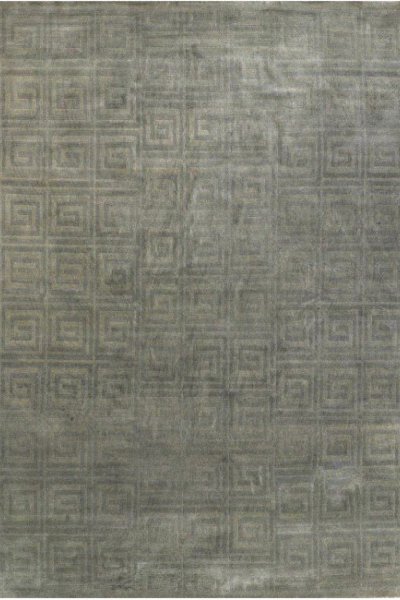
Handloom rugs offer both custom designs and bulk production options, catering to a wide range of needs. Custom handloom rugs are ideal for clients seeking a unique, personalized touch. The process allows individuals to choose specific materials, colors, patterns, and sizes to match their vision and space. Whether for a residential living room, a luxury hotel, or an office, custom handloom rugs are tailored to enhance the ambiance and complement existing décor. Artisans use traditional techniques like plain weave or pile weaving to create intricate patterns, and natural fibers such as wool, silk, or cotton are often chosen to ensure the desired texture and finish. Custom handloom rugs can also incorporate specific cultural or design elements, making them one-of-a-kind pieces that stand out in any setting.
For larger projects, such as hotels, resorts, or commercial spaces, handloom rugs can also be produced in bulk while maintaining high quality. The handloom weaving process allows for consistency in design and size, making it possible to produce multiple rugs with similar patterns or color schemes. Bulk production often uses simpler designs and more cost-effective materials like wool or cotton blends, ensuring efficiency while still preserving the artisanal quality. Whether for a bespoke design or a large-scale production order, handloom rugs provide a perfect blend of elegance, durability, and practicality.
For larger projects, such as hotels, resorts, or commercial spaces, handloom rugs can also be produced in bulk while maintaining high quality. The handloom weaving process allows for consistency in design and size, making it possible to produce multiple rugs with similar patterns or color schemes. Bulk production often uses simpler designs and more cost-effective materials like wool or cotton blends, ensuring efficiency while still preserving the artisanal quality. Whether for a bespoke design or a large-scale production order, handloom rugs provide a perfect blend of elegance, durability, and practicality.


